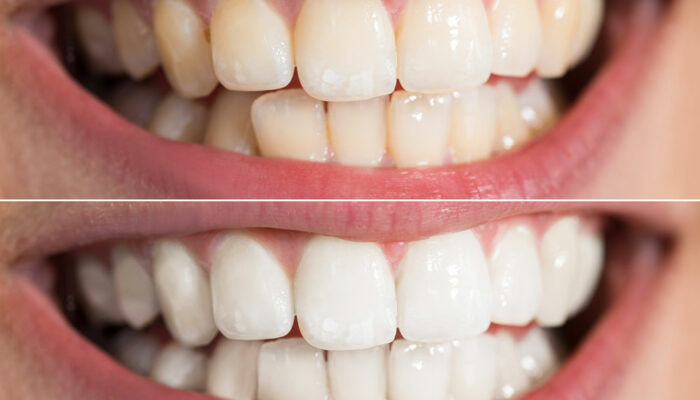
Symptoms and Treatment Options for Gum Disease
Gum disease, also called periodontitis, is an infection of the tissue that holds teeth in place. It is caused by poor hygiene, including inadequate brushing and flossing. Poor hygiene causes the build-up of a film of bacteria around the teeth. The milder form of the disease is caused by gingivitis and, if left untreated, may progress to periodontitis. Failure to treat periodontitis can have devastating effects, including tooth loss. Risk factors include smoking, diabetes genetics, and broken fillings.
Symptoms of gum disease include:
1. Chronic bad breath
Persistent bad breath, also called period breath or halitosis, is indicative of gum disease. More than 80 % of people with gum disease will experience the problem. The build-up of plaque on the teeth leads to the formation of toxins. These toxins irritate the gums and may leave a bad taste. If left untreated, the gums and jawbone may be damaged. Persistent bad breath is due to poor hygiene and can affect anyone but is more common in those over the age of 30. It tends to affect men more than women. The best way to deal with halitosis is to improve your dental hygiene by regular teeth brushing and cleaning your tongue. Mouthwash is also very useful in getting rid of the bad breath.
2. Swollen gums
Over 50 % of people with gum disease will have swollen gums. It can cause severe discomfort. Inflamed gums are painful and may loosen the teeth. It is essential to treat the condition to preserve oral health. It is easy to treat and reverse the swelling of gums in the early stages of gum disease. Home remedies include the use of antiseptic mouthwash, rinsing with saltwater and herbal rinse. Medical interventions include scaling to remove tartar and root planing to smoothen and polish the tooth.
3. Painful chewing
Painful chewing is an early sign that gum disease has progressed from gingivitis to periodontitis. The gums become increasingly tender or bleeding gums and recede from the teeth. The receding gums leave behind pockets that accumulate bacteria, causing infection. Since the teeth no longer have the support they had, they become loose. At this point, applying pressure when chewing becomes a painful experience. Treatment options may include mouthwashes that contain hydrogen peroxide and gels that are applied to the gums to alleviate pain. One can also use salt water rinse, use of toothbrushes with extra soft bristles and painkillers.
4. Loose or sensitive teeth
It is common for children to have loose teeth, but the same is cause for concern in adults. It occurs when a tooth loses support due to gums receding. Receding exposes the tooth, and even the slightest touch can make the tooth move. Treatment options depend on the cause and may include scaling and planning. Antibiotics are also used to kill the infection and put the gum back to recovery.
5. Receding gums
Gum recession is the wearing out of the tissue that surrounds the teeth. The gums pull back, exposing the tooth. This recession creates pockets that make it easy for the accumulation of disease-causing bacteria. Failure to treat the condition may lead to loss of the tooth. While gum recession cannot be reversed, steps can be taken to prevent the situation from worsening. Treatment options depend on the cause and may include the use of soft-bristle toothbrushes and changing flossing behaviors. Deep cleansing treatments include scaling and root planing. Gum grafting can be done where the recession is severe.



